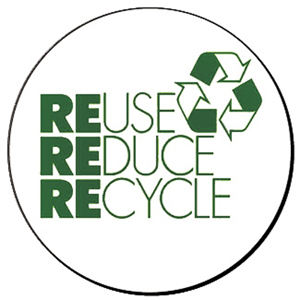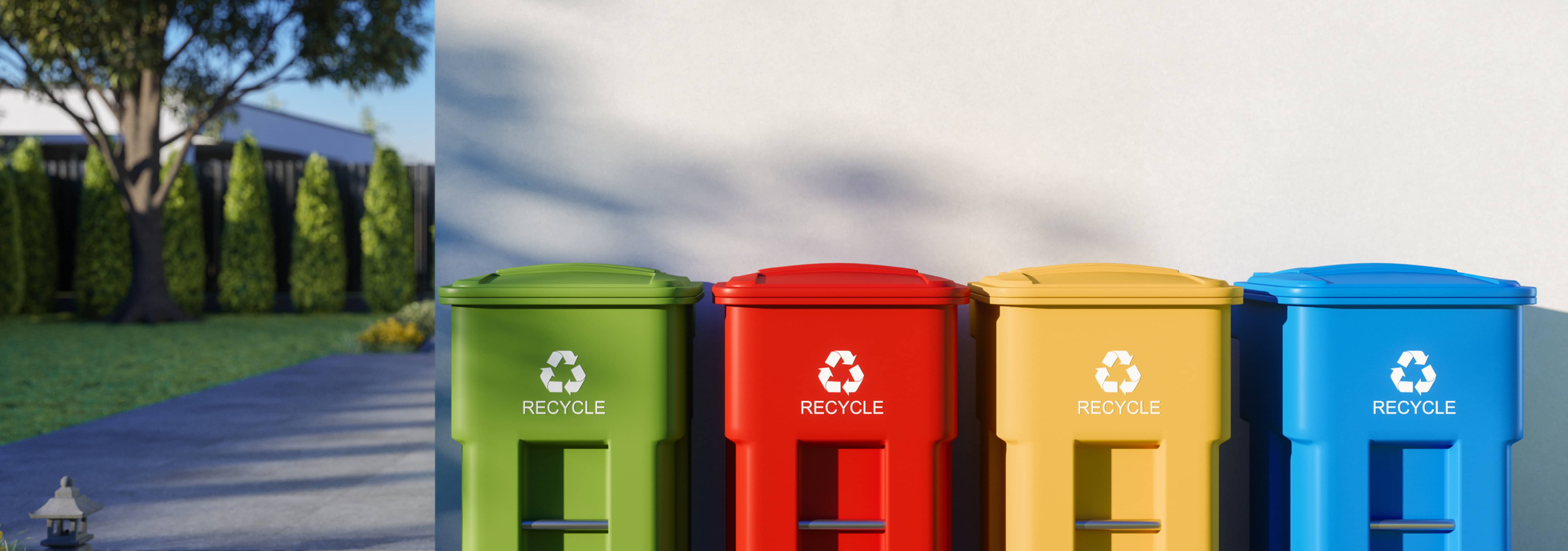How Recycling Lives Services Help In Reducing Ecological Footprints
How Recycling Lives Services Help In Reducing Ecological Footprints
Blog Article
Checking Out Different Sorts Of Waste in Modern Waste Administration Systems
The modern landscape of waste monitoring involves navigating a complicated selection of waste kinds, each needing specialized handling and disposal approaches to alleviate environmental impacts. Community solid waste, dangerous waste, electronic waste, and natural waste each existing distinct challenges and chances for resource recuperation.
Local Solid Waste
Local solid waste, typically referred to as house garbage or garbage, encompasses a selection of disposed of products produced by residential, commercial, and institutional resources within a town. This waste stream typically consists of items such as packaging, food scraps, yard trimmings, paper, plastics, textiles, and thrown out home products. The monitoring of local solid waste is a critical component of city planning and public health, requiring effective collection, transport, and disposal systems.
Effective waste administration systems are developed to reduce environmental influence while making best use of resource recovery. Composting natural waste, such as food scraps and yard trimmings, not only decreases land fill use however likewise generates valuable dirt modifications.
Towns need to also resolve the financial and logistical obstacles connected with waste management. Implementing pay-as-you-throw systems, improving public recognition, and purchasing modern technology can considerably enhance waste diversion rates. By incorporating these practices, districts can cultivate lasting neighborhoods, minimize greenhouse gas emissions, and preserve natural deposits.
Hazardous Waste

Effective contaminated materials monitoring includes numerous vital steps: identification, therapy, disposal, and segregation. Recognition requires the classification of waste based on its unsafe residential or commercial properties. Partition makes sure that hazardous products are kept separately from non-hazardous waste to avoid cross-contamination. Therapy methods, such as chemical neutralization, incineration, and stablizing, are employed to minimize the toxicity, volume, or mobility of the waste. Disposal options, including secure landfills and underground storage, are selected to guarantee long-lasting containment.
Governing frameworks, such as the Source Preservation and Healing Act (RCRA) in the USA, give standards and criteria for contaminated materials monitoring. Adherence to these policies, paired with developments in waste treatment modern technologies, is important in minimizing the threats connected with contaminated materials.
Electronic Waste
Electronic waste, typically described as e-waste, stands for a quickly expanding challenge in waste monitoring systems globally. This kind of waste encompasses disposed of electronic tools and devices such as smartphones, computer systems, televisions, and other electronic devices. The quick speed of technological development, coupled with lowering item life expectancies and customer need for the most up to date devices, has actually exponentially boosted the quantity of e-waste generated yearly.
E-waste is particularly bothersome as a result of its intricate composition, frequently including dangerous materials like lead, mercury, and cadmium, which posture substantial environmental and health and wellness dangers otherwise correctly managed. Conversely, e-waste also includes beneficial materials such as copper, gold, and silver, which can be recovered and recycled. The dual nature of e-waste-- both harmful and valuable-- demands specific handling, recycling, and disposal procedures.
Reliable e-waste administration involves rigorous governing structures, robust collection systems, and advanced reusing innovations. Public awareness and involvement are vital, as inappropriate disposal practices, such as illegal disposing and informal recycling, aggravate environmental contamination and wellness risks. Enhancing e-waste monitoring practices is important for reducing eco-friendly the original source impact and recuperating beneficial resources in a significantly electronic world.

Organic Waste
Organic waste, comprising kitchen area scraps, yard trimmings, and farming residues, represents a significant section of the international waste stream. This kind of waste is eco-friendly, meaning it can be damaged down by bacteria right into less complex natural compounds. Despite its potential for natural decay, incorrect monitoring of organic waste can bring about unfavorable environmental influences, consisting of the emission of greenhouse gases such as methane, which add to environment adjustment.
Efficient management of organic waste is important for decreasing these environmental effects (recycling lives services). Composting is an extensively adopted method, transforming organic waste into nutrient-rich garden compost that can improve soil health and wellness and agricultural efficiency. In addition, anaerobic food digestion is an emerging innovation that converts natural waste right into biogas, an eco-friendly power source, and digestate, which can be used as plant food
Municipalities and waste management entities need to carry out robust natural waste collection and treatment programs to maximize the advantages of these processes. Public education projects can likewise play a crucial duty in motivating homes and businesses to separate natural waste from various other sorts of waste. By focusing on the management of organic waste, societies can reduce landfill usage, lower greenhouse gas exhausts, and create important byproducts for agricultural use.

Cutting-edge Waste Monitoring
In the realm of waste management, cutting-edge methodologies are transforming just how cultures manage their refuse, intending for sustainability and performance. One prominent development is the application of clever waste containers equipped with sensing units that monitor fill levels informative post and optimize collection courses.
Another significant advancement is the fostering of waste-to-energy (WtE) innovations. By transforming non-recyclable waste right into useful energy with procedures such as incineration and anaerobic digestion, WtE lowers land fill burden and supplies a renewable resource source. In addition, innovations in chemical reusing enable the malfunction of complicated plastics into their original monomers, allowing the production of brand-new, high-quality plastic items.
Additionally, the round economic climate design is obtaining traction, emphasizing the style of products and systems that prioritize reusability and resource effectiveness. This alternative approach encourages industries to lessen waste generation from the start. With these ingenious strategies, modern waste monitoring systems are not just addressing the instant obstacles of waste disposal but also leading the way for a much more sustainable future.
Conclusion
An extensive understanding of metropolitan strong waste, hazardous waste, digital waste, and organic waste, paired with the application of ingenious waste monitoring services, is essential for minimizing environmental influences. Incorporating modern technologies such as clever waste bins and waste-to-energy systems can improve effectiveness and sustainability. Reliable waste monitoring methods not only foster resource recovery yet likewise promote public understanding and participation, inevitably adding to the advancement of a round economy.
The contemporary landscape of waste management includes browsing an intricate variety of waste types, each requiring specialized handling and disposal methods to reduce environmental effects. Metropolitan strong waste, unsafe waste, digital waste, and natural waste each existing get more unique difficulties and chances for source recovery.Digital waste, frequently referred to as e-waste, stands for a swiftly expanding difficulty in waste monitoring systems globally. Via these innovative strategies, contemporary waste management systems are not only resolving the prompt difficulties of waste disposal but also paving the way for an extra lasting future.
A detailed understanding of local strong waste, harmful waste, electronic waste, and organic waste, paired with the application of innovative waste monitoring services, is necessary for reducing environmental effects. (recycling lives services)
Report this page